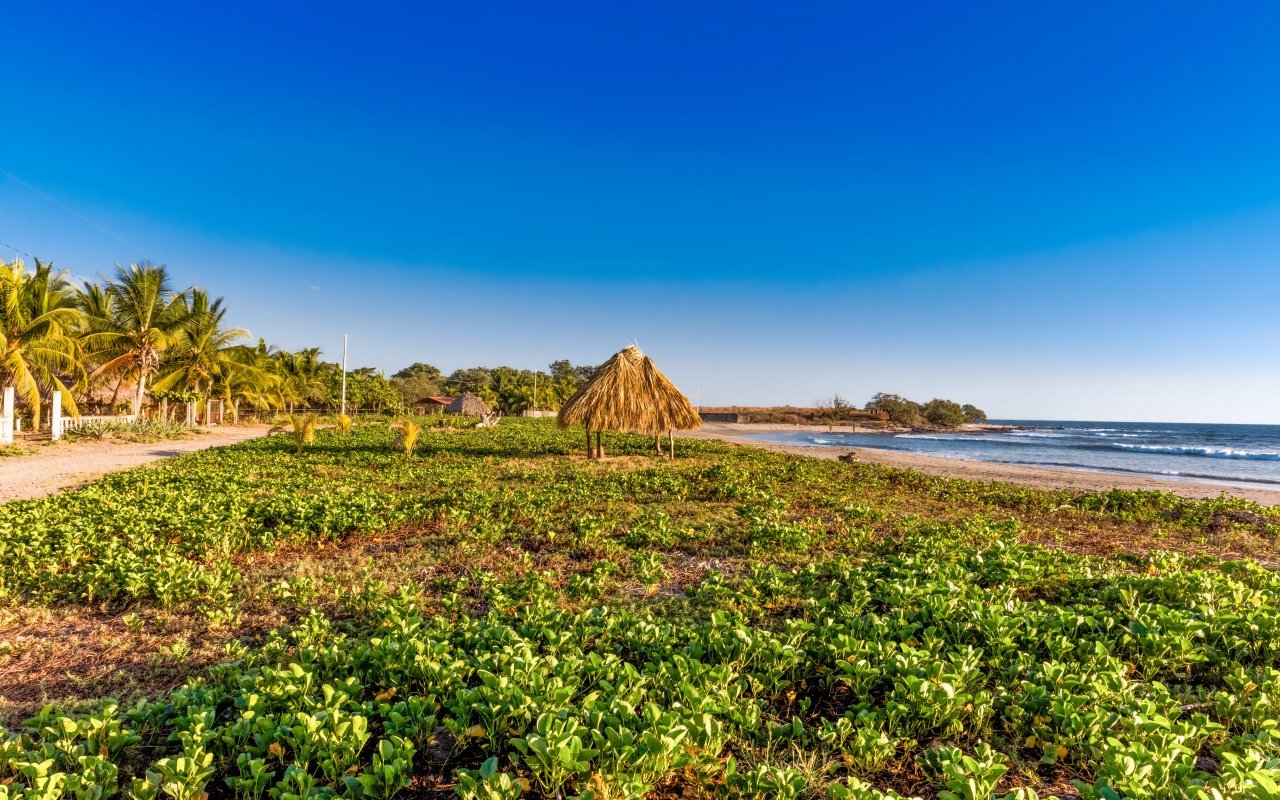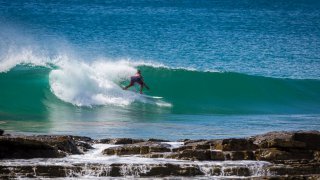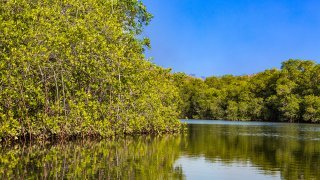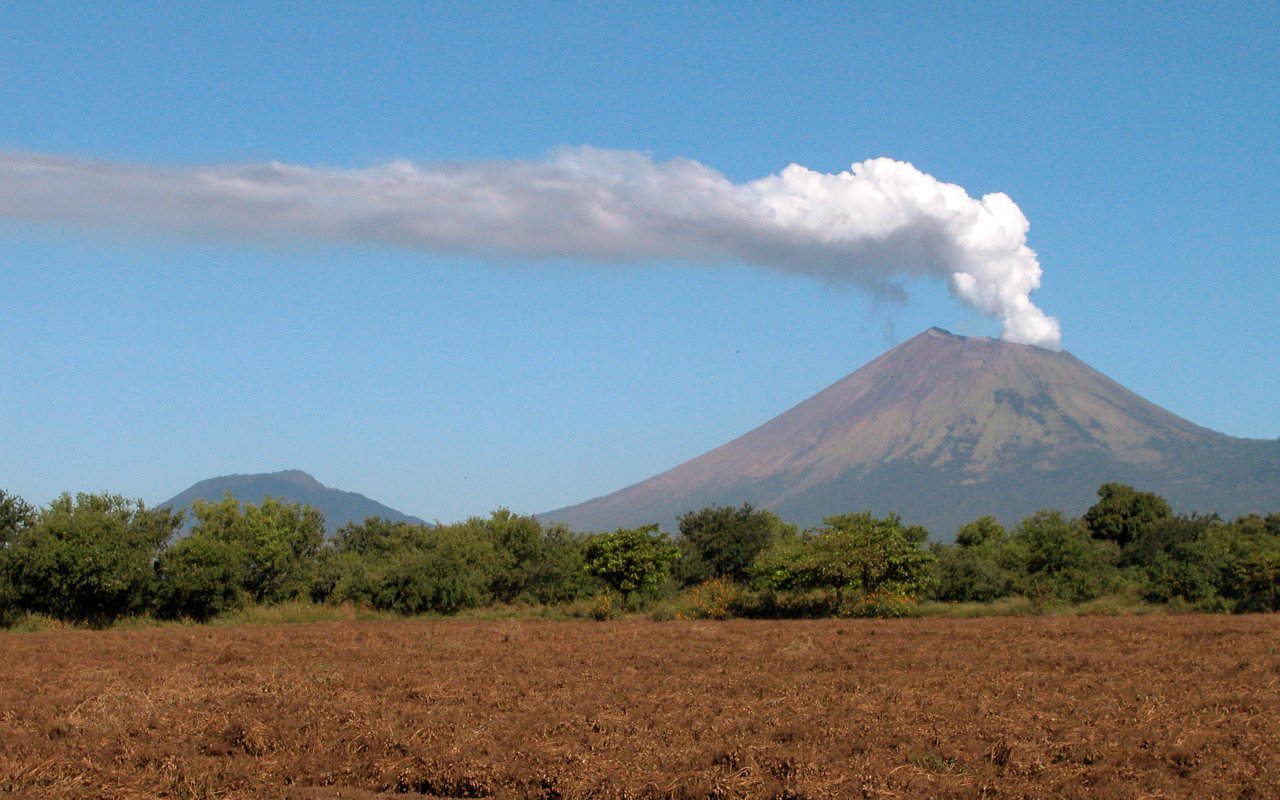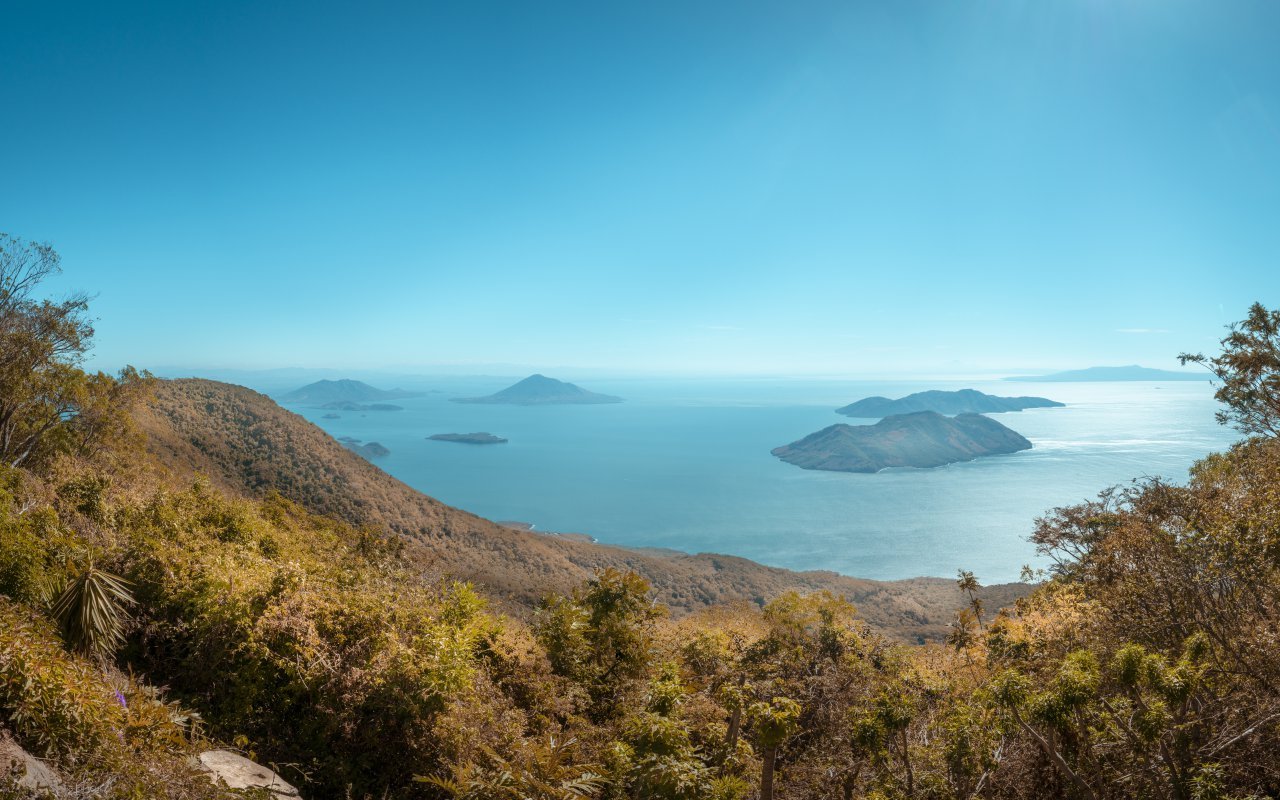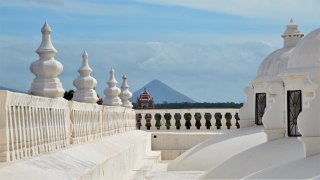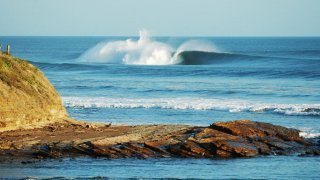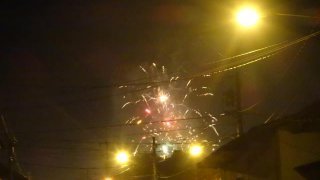To the north of León is Chinandega. You are then on your way to Honduras. But before that, there are volcanoes, again, the Gulf of Fonseca and the large local properties or marina along the roads. Volcanoes and breathtaking views. One would almost forget to tell you that the Pacific coast not far from the dynamic Chinandega is dotted with deserted beaches, surf spots including the famous Boom (the Nicaraguan pipeline) and a border volcano in neighboring Honduras, the Cosigüina.
The warm and dynamic city of Chinandega
The city of Chinandega is the warmest city in Nicaragua, located between the Pacific coast and the Maribios volcanoes.
Close to this dynamic city are the main seaport of Nicaragua, Puerto Corinto, and the borders of El Salvador and Honduras.
Chinandega is a good starting point to get to the Cosigüina and San Cristóbal volcanoes, the quiet and deserted beaches of the North, and the Padre Ramos estuary .
Not far from the city is the most important rum distillery in the country: Flor de Caña that can be visited. There you will learn about the entire production process and the history of the most awarded rum in the world !
Beaches and Padre Ramos Estuary
The best-known and most accessible beaches are located near the small town of El Viejo, a municipality in the department of Chinandega, which has a long coastline on the Pacific Ocean and the Gulf of Fonseca.
Jiquilillo beach with a long sandy coastline is the most popular in the area during weekends and Holy Week.
Near Jiquilillo, to the south, are the beaches of Aserradores, Aposentillo and Santa María del Mar where you can find local fishermen’s houses, some surfing hotels and also the most chic marina in the country.
Further north, there are some marshes and then the Estero Padre Ramos Nature Reserve. It is the largest mangrove reserve in Central America measuring nearly 90 km². Various local and migratory water birds have built their nests in the calm waters and mangrove forests of the reserve that can be explored by boat or kayak.
San Cristobal volcano
The San Cristóbal volcano located less than 20 km from the city of Chinandega culminates at 1745 meters above sea level. It is the highest active volcano in Nicaragua. It belongs to a group of 5 volcanoes with the Casita, Chonco, Moyotepe and Pelona.
This magnificent cone has experienced strong eruptions in the past. Nowadays it emits gases continuously and frequently erupts but of low intensity.
The ascent of the San Cristóbal volcano is one of the most difficult and technical in Nicaragua. The slopes are steep and there is no beaten path to access the crater. It is therefore necessary to be in good physical shape and to count seven to eight hours of walking for the entire trek.
But, once at the top, the effort is quickly rewarded by the breathtaking view of the surrounding mountains, the northern plains, the Gulf of Fonseca and the Real estuary.
The descent is faster on the slopes of the volcano made of black sand and volcanic ash.
Cosigüina volcano
The Cosigüina Volcano is a dormant volcano located in the west of Nicaragua on the peninsula of the same name, between the Pacific Ocean and the Gulf of Fonseca.
In 1835, one of the most violent eruptions in history literally decapitated the volcano estimated at 2,300 meters before it erupted. Volcanic ash is even said to have reached the capital of Mexico! It now looks like a hill 859 meters high covered with dense vegetation and home to a diversity of birds, monkeys and butterflies.
The ascent to the top is quite easy and accessible from 15 years old. It takes between three and eight hours depending on the starting point. At the top, you will discover a beautiful panorama of the crater and its lagoon, the Cosigüina peninsula, the Gulf of Fonseca but also of neighboring El Salvador and Honduras.
